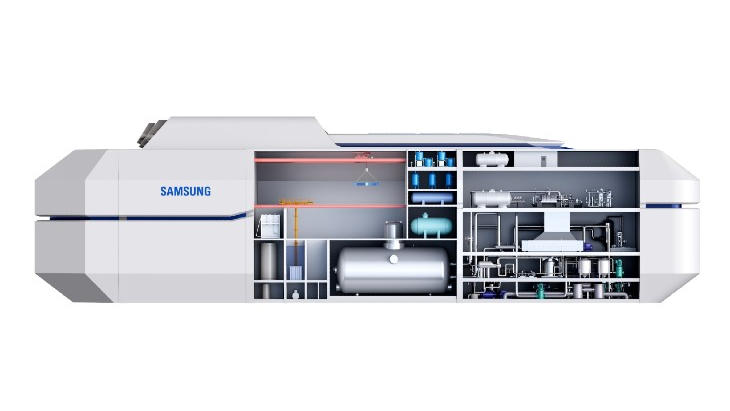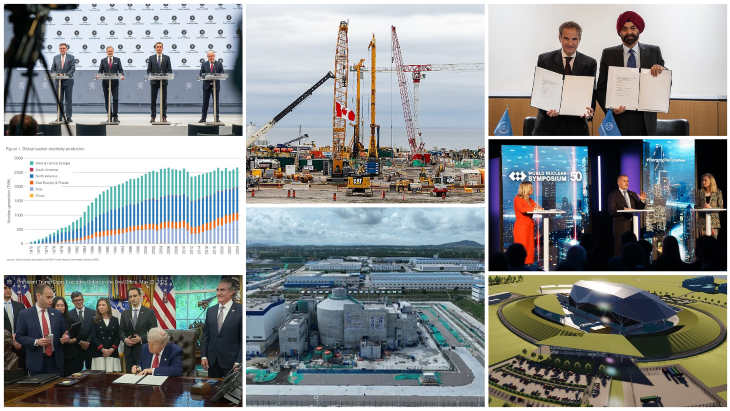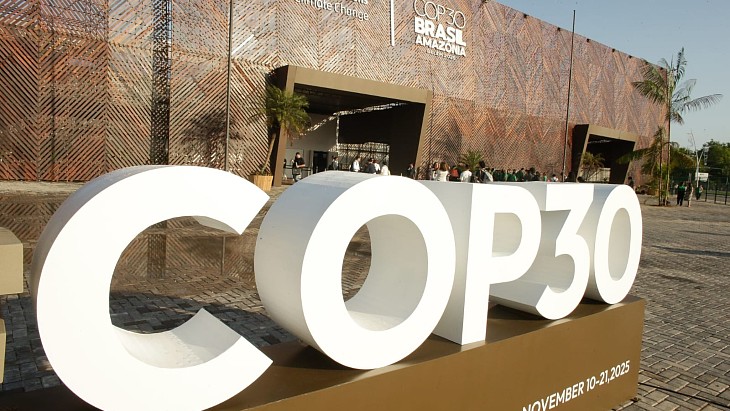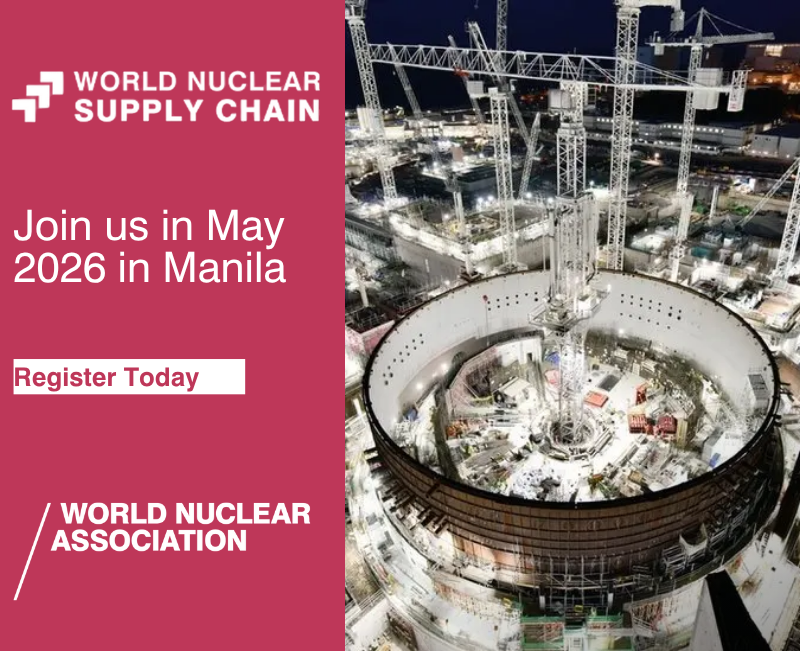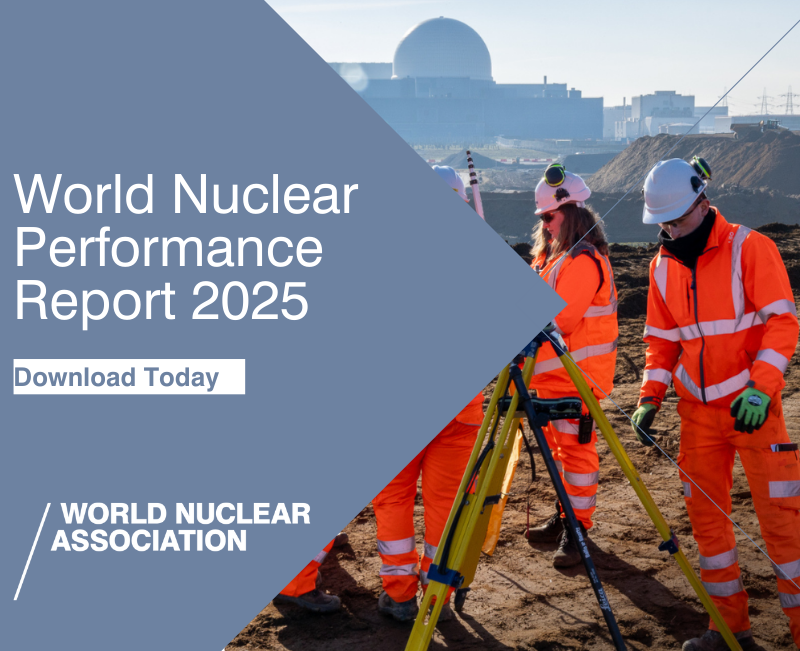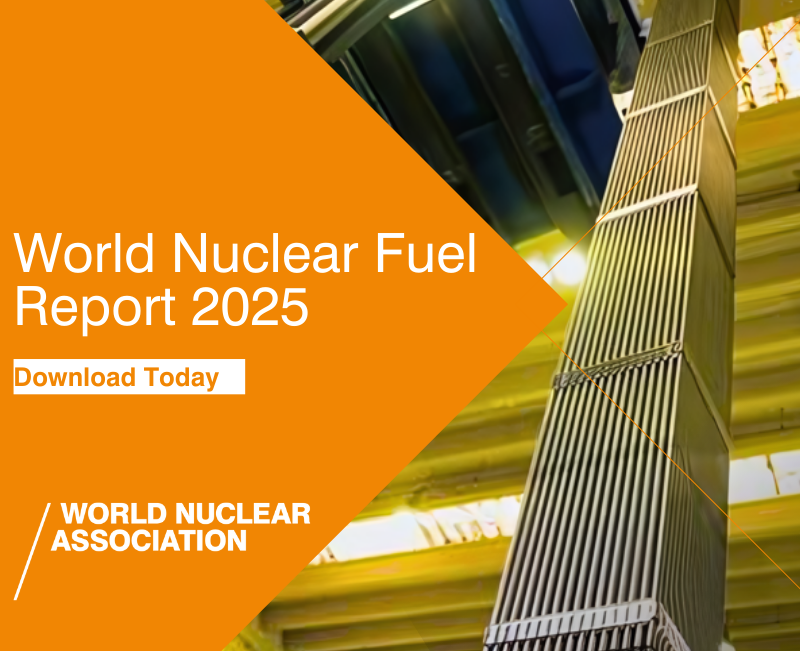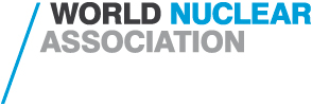US-based Westinghouse has secured a key Chinese contract to provide four new reactors and transfer vital technology.
Following many months of discussion it was finally announced on 16 December that the China's State Nuclear Power Technology Corporation has selected Westinghouse's AP1000 as the 'technology basis' for four reactors at Sanmen and Yangjiang. The companies running those sites are China National Nuclear Company and China Guangdong Nuclear Power Company, respectively.
No price has been disclosed for the deal, but estimates are put at about $8 billion for the four units, which should output approximately 1100 MWe each from 2013. Steve Tritch, Westinghouse's President and CEO said he looked forward to negotiating final contract details.
Tritch said that the work would employ about 5000 people in the USA and that as the project progresses, increasing amounts of work would be carried out by Chinese companies. "About one half of the scope of these four plants would be sourced from within China," said Tritch, adding that that share would increase for future Westinghouse orders in the country.
Technology transfer was an important negotiating point in this deal, with bargaining taking place at the highest level. US Department of Energy (DoE) Secretary Sam Bodman attended the talks and signed a memorandum of understanding supporting technology transfer with Ma Kai, China's minister for the National Development and Reform Commission.
Bodman said: "This is an exciting day for the US nuclear industry. It is an example that if we work together we can advance not only our trade relations but also our common goal of energy security." A DoE statement said that the department had supported the development of the AP1000, and its precursor the AP600 and Secretary of State Condoleezza Rice and Secretary of Commerce Carlos Guiterrez had lent their support to the Chinese bid. The detailed design of the AP1000 has not yet been completed – this work is expected to cost $436 million, of which the DoE will contribute $218 over seven years.
Westinghouse will undertake the work with consortium partner The Shaw Group, which owns 20% of the company following it's sale by Britain's BNFL. Toshiba took 77%, with Ishikawajima-Harima Heavy Industries holding the remaining 3%.
Chinese state companies have made deals to import a variety of reactors, each one included clauses on technology transfer which would allow Chinese industry to emulate and standardise the original design: Four Framatome (now Areva NP) pressurized water reactors (PWRs) were built at Daya Bay and Ling Ao; Two AECL Candu pressurized heavy water reactors (PHWRs) were built at Qinshan; Two VVER PWRs from Russia's Atomstroyexport are sited at Tianwan; And now four Westinghouse PWRs will be built at Sanmen and Yangjiang.
Chinese companies have indigenously, constructed three nuclear power reactors at Qinshan, but have been expected to standardise on a more advanced imported design for their large-scale nuclear expansion over coming decades. Chinese leaders want to have 40,000 MWe of nuclear capacity by 2020, up from 7500 MWe now.
Further information
China National Nuclear Company
The Shaw Group
Westinghouse
WNA's Nuclear Power in China information paper
Westinghouse chosen by China
US-based Westinghouse has secured a key Chinese contract to provide four new reactors and transfer vital technology.




_47120.jpg)
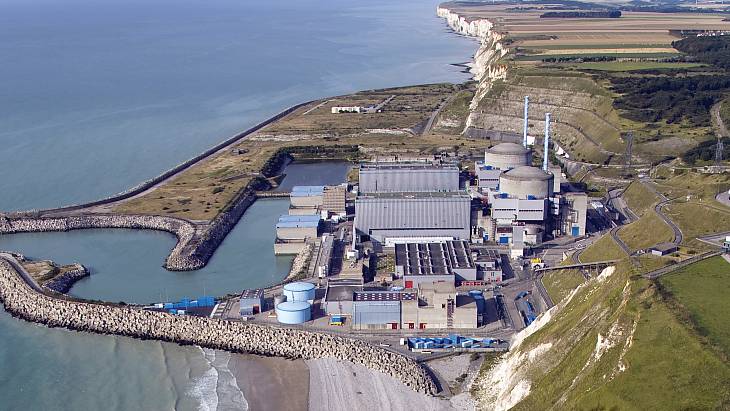
_23621.jpg)
